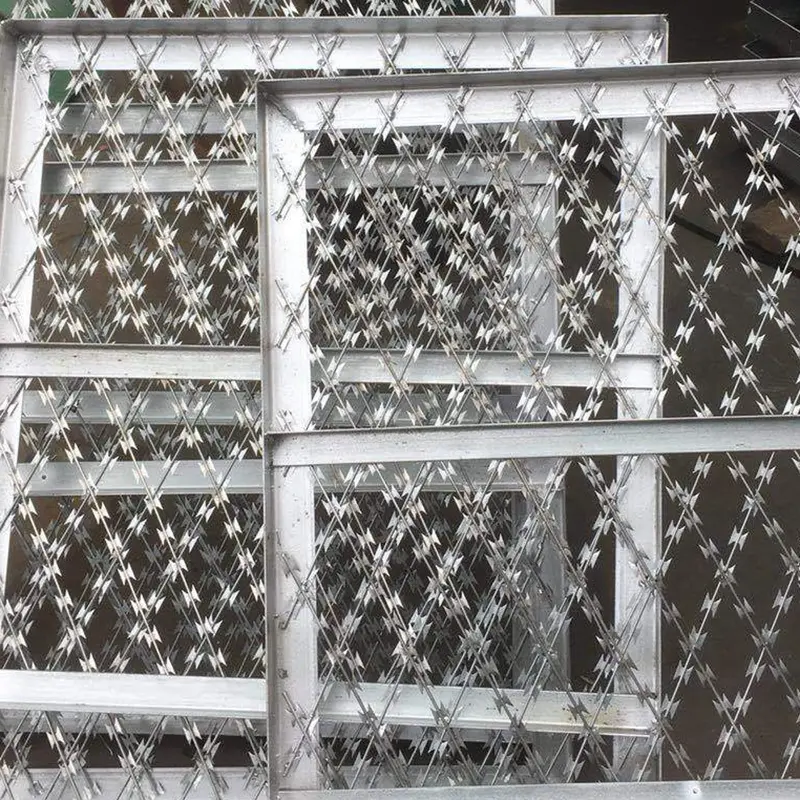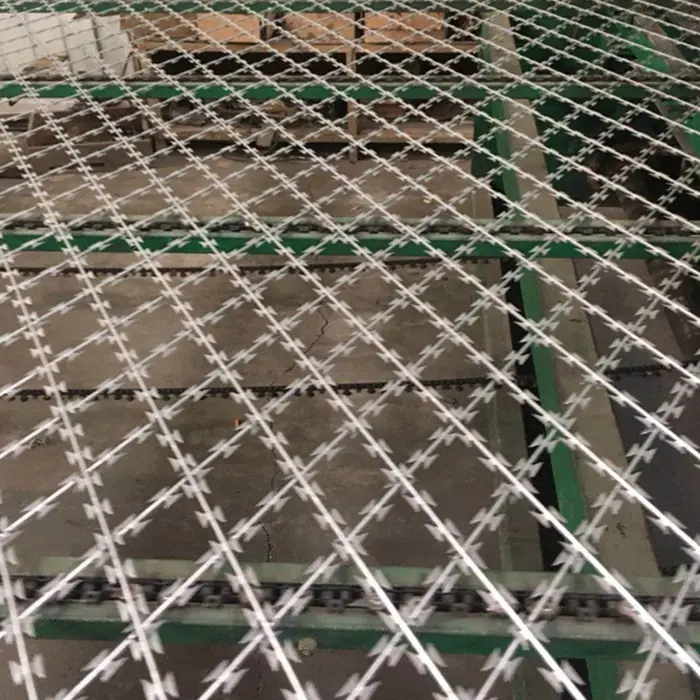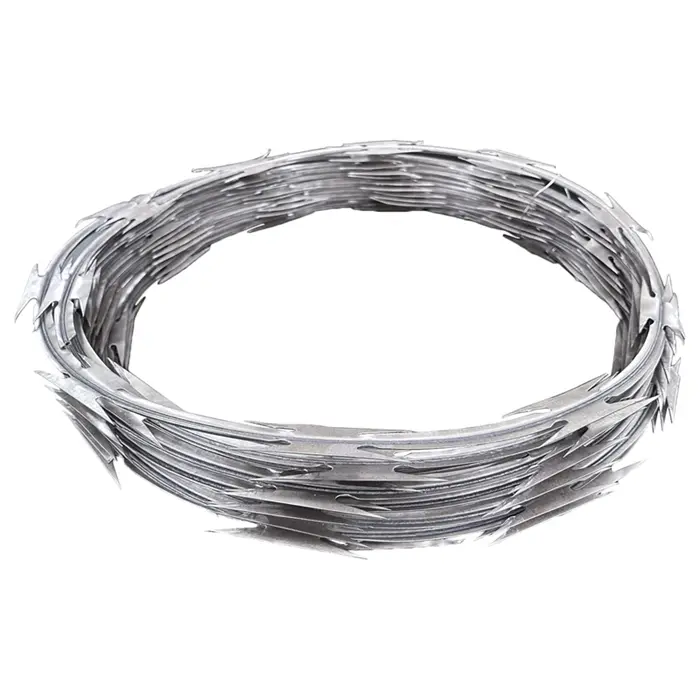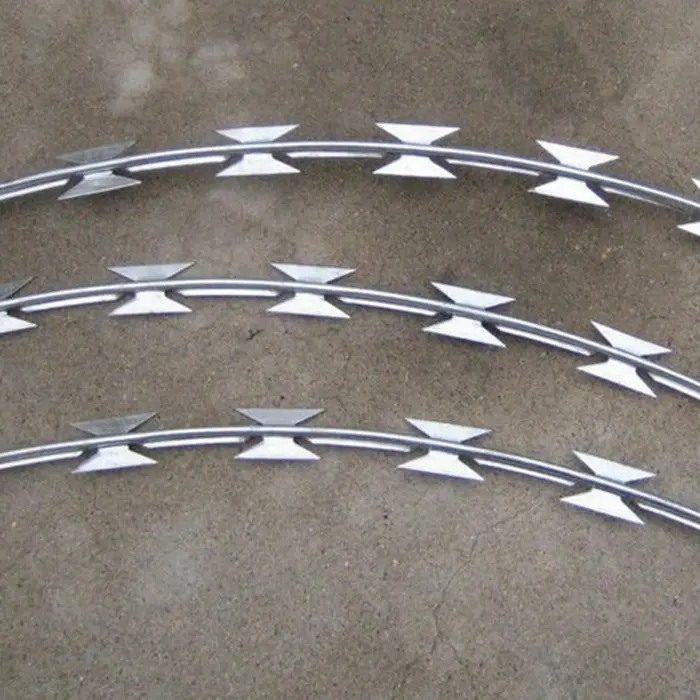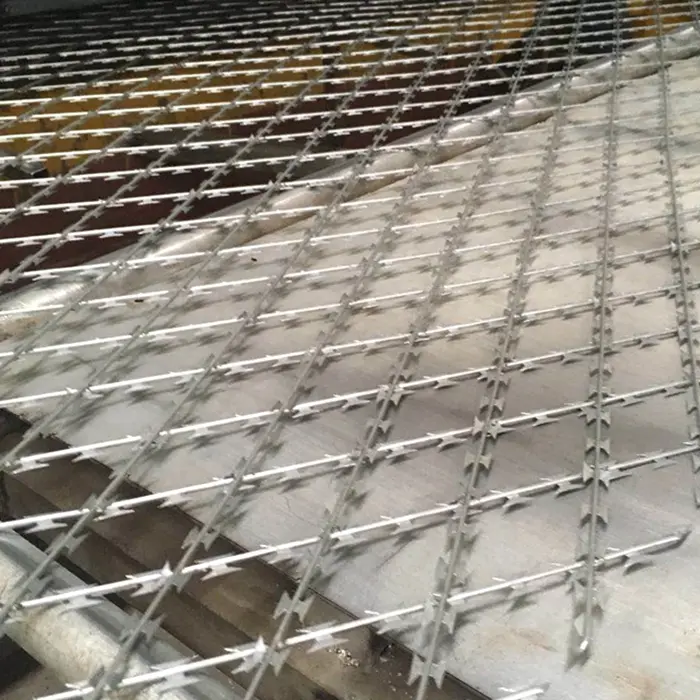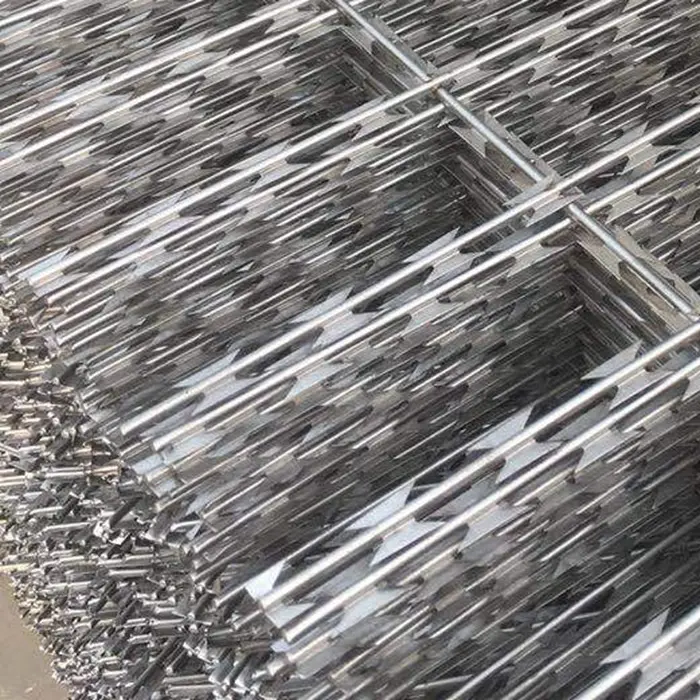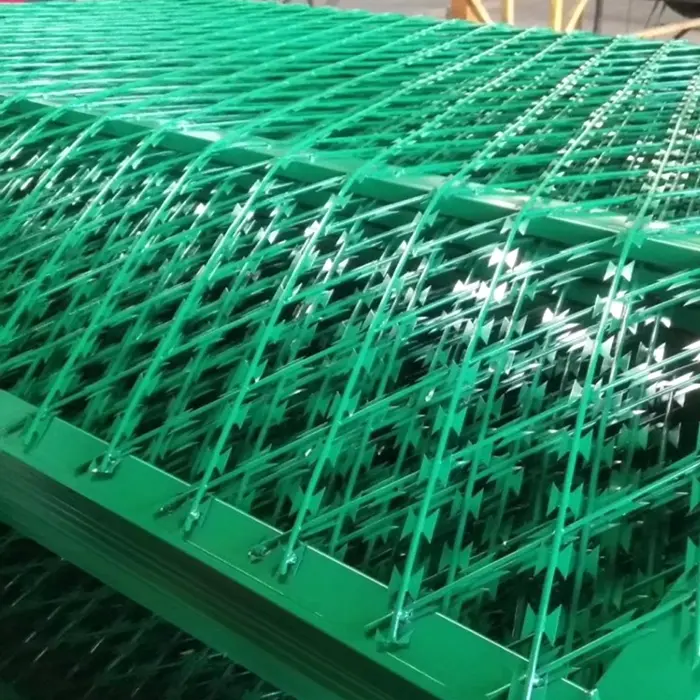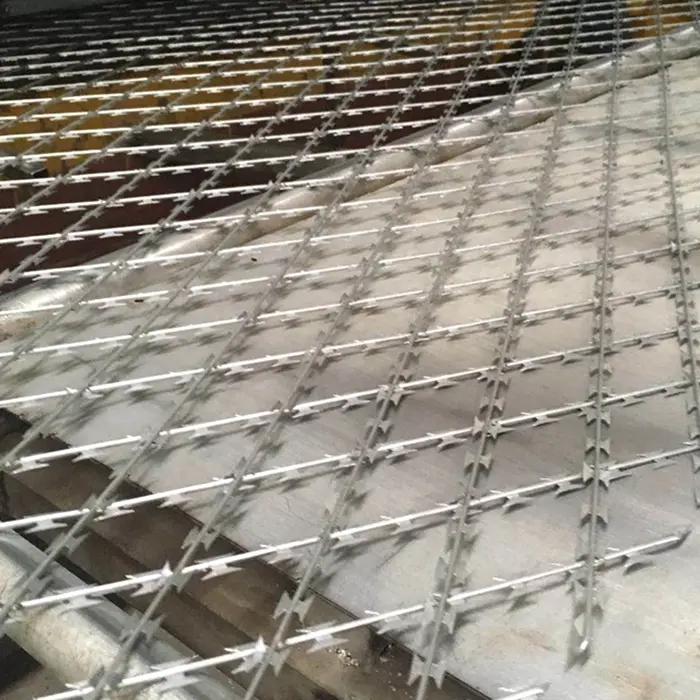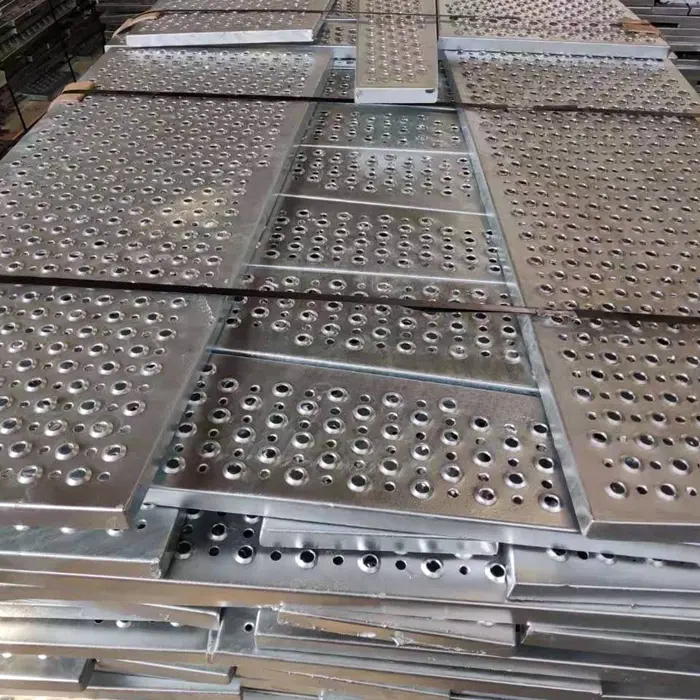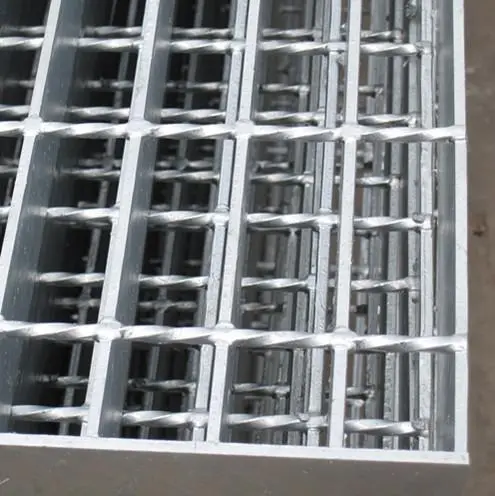La clôture de soudage fait référence au processus de construction clôtures métalliques using welding techniques to join individual components, such as rails, posts, and panels. This method ensures a strong, durable, and long-lasting structure, making it ideal for security, privacy, and boundary demarcation. Typically made from materials like steel, iron, or aluminum, welded fences are resistant to weathering, corrosion, and physical impact, especially when treated with protective coatings like galvanization or powder coating. Their robust construction and adaptability make them a preferred choice for perimeter fencing solutions in both commercial and industrial settings.
Compared to prefabricated or bolted fences, high security perimeter fencing like welded fence provides superior strength and stability, making them suitable for high-security areas like prisons, military sites, or industrial facilities. Additionally, their aesthetic appeal allows for decorative designs, blending functionality with visual appeal. Proper installation and maintenance ensure that perimeter security fence solutions remain robust and effective for decades, offering long-term reliability and peace of mind.
Combien de temps durera une clôture en fil soudé ?
A welded wire fence typically lasts between 15 to 30 years, depending on material quality, environmental conditions, and maintenance. Fences made from galvanized steel tend to last the longest (20-30 years) due to their rust-resistant coating, while non-galvanized or lower-quality wire may deteriorate in 10-15 years. Powder-coated fences offer additional protection against corrosion and UV damage, extending their lifespan further. For enhanced durability and corrosion resistance, consider using stainless steel welded wire mesh panels, which provide superior strength and longevity even in harsh environments.
Harsh weather, such as heavy rain, snow, or coastal salt air, can accelerate rust and weaken the fence over time. Regular inspections for rust, loose welds, or bent wires help prolong its durability. If damage occurs, prompt repairs—such as applying rust-resistant paint or replacing broken sections—can prevent further degradation. Proper installation, including secure posts and tensioning, also plays a key role in longevity. For applications requiring lightweight yet durable fencing, PVC weld mesh offers an excellent alternative, combining flexibility with resistance to environmental wear. Overall, with good maintenance and the right material choice, a welded wire fence can remain functional and sturdy for decades.
Comment maintenir une clôture en fil soudé bien tendue ?
Pour maintenir une clôture en fil soudé bien tendue, une installation correcte et des ajustements réguliers sont essentiels. Commencez par installer des poteaux solides et bien ancrés (en métal ou en bois traité), espacés de 2,4 à 3 mètres maximum pour éviter tout affaissement. Tendre le grillage lors de l'installation à l'aide d'un tendeur ou d'un outil de tension permet d'éliminer le jeu.
Au fil du temps, les intempéries et la perte de tension peuvent entraîner un relâchement de la clôture. Retendre le fil avec des bandes de tension ou des serre-fils peut restaurer sa solidité. L'ajout de rails de support horizontaux entre les poteaux permet également de répartir uniformément la tension. Pour plus de stabilité, fixez le bas de la clôture avec des piquets ou un fil de tension afin d'empêcher les animaux ou les débris de la pousser vers l'extérieur. Des inspections régulières et des ajustements mineurs garantissent que la clôture reste tendue et solide pendant des années.



